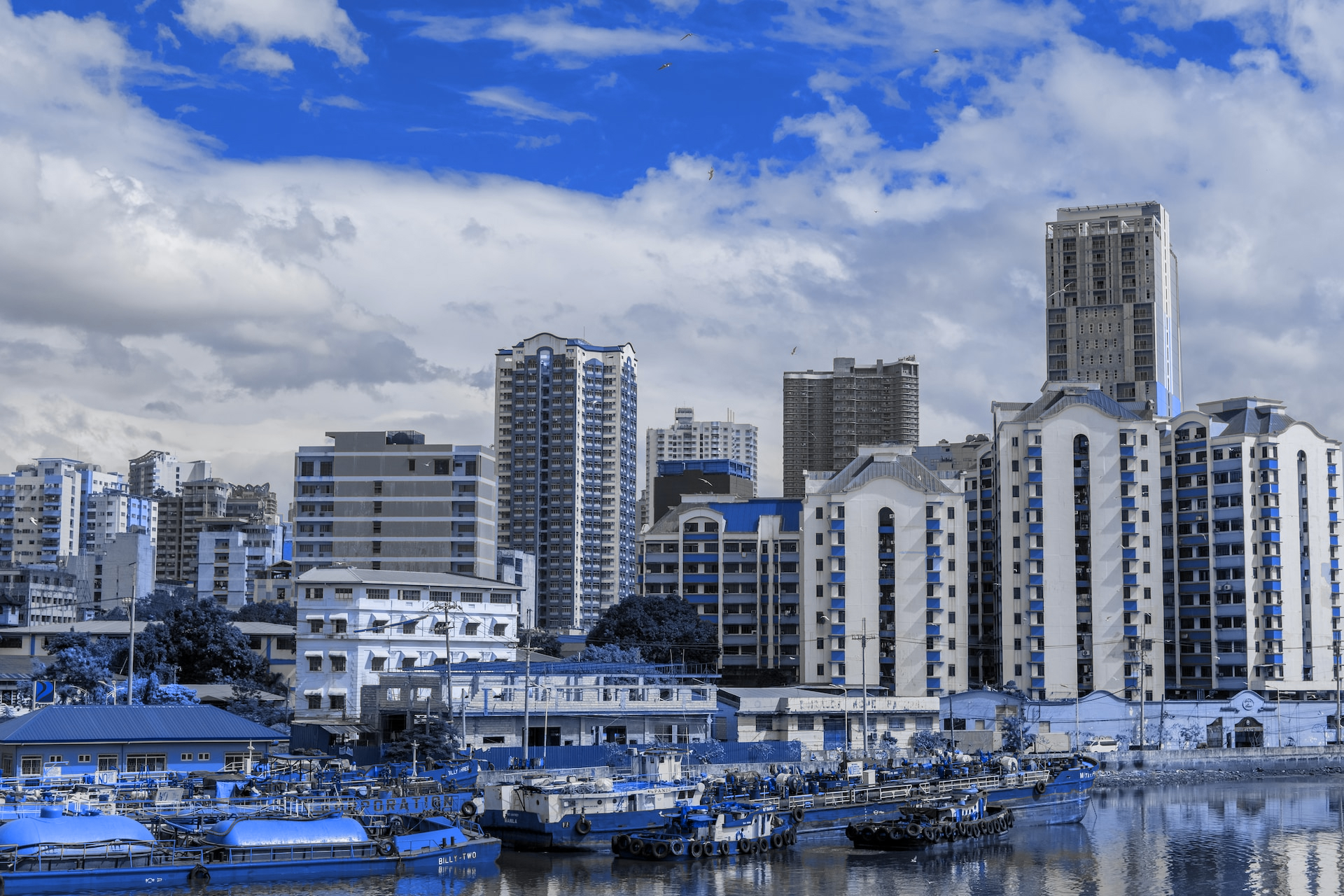Rules of Origin for Filipino Exporters
Today, the Philippines is a party to some 10 preferential trade agreements which allow Filipino exporters to export under reduced or zero tariffs to a variety of important markets, including all ASEAN member states, New Zealand, China, India, Japan, South Korea, and the European Union, to name but a few. This makes Filipino exporters more competitive, as they are able to market their products at a lower price than would otherwise be possible.
However, data from the Bureau of Customs showed that not all Filipino exporters who could take advantage of these agreements actually do so. In fact, data from 2021 showed that some 13% of goods exported from the Philippines to markets covered by a preferential trade agreement did not take advantage of its provisions! So, why did so many Filipino exporters fail to take advantage of such an important opportunity?
Well, according to studies on the matter, many exporters report being unfamiliar or unaware of the Philippines’ preferential trade agreements, or how to gain benefits from them. This is an incredible waste of economic potential. This is why it is crucial to understand rules of origin, which work as the governing provisions of preferential trade agreements to determine the economic “origin” of goods and qualify for tariff incentives.
In this module, we will aim to provide you with enough knowledge and skills to enable you to determine the origin of goods for the purpose of availing your products of the tariff incentives under the Philippines’ preferential trade agreements, and thus to help grow your business.

